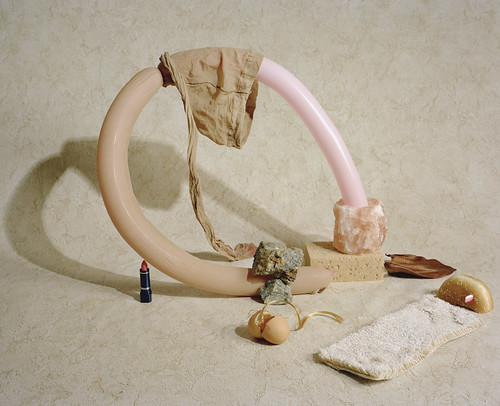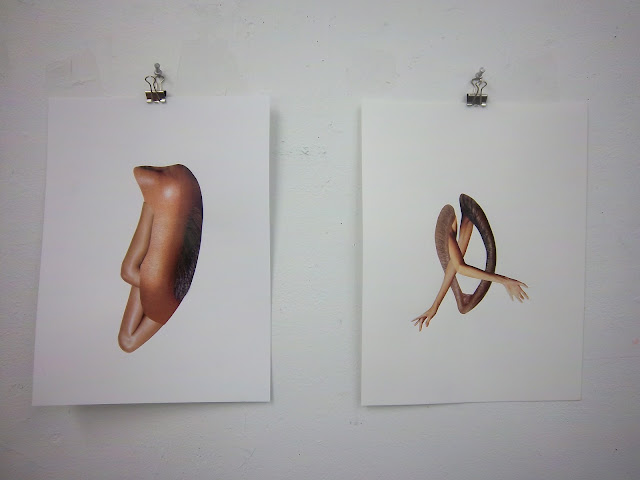Opening soon at the University of Maryland's Herman Maril Gallery - an exhibition curated by ME! I am so thrilled to have a chance to exhibit all of this work in the same space. Steve, Lily, and Emily share a really unique way of working with the genre of painting and their work just begs to be shown together. It's going to be an incredible show!
check out my curatorial essay...
To be counter-something, at its simplest, is to be in
opposition to something. The term suggests a degree of action taken. When one
counters something (an idea, a bet, an offer), he does more than disagree, he
responds.
This is an exhibition of paintings. And all three of
the artists in this exhibition distinctly identify themselves as painters.
Their varied approaches to painting, however, may come across as
counter-conventional. When they’re taken off the wall, devoid of recognizable
imagery, and at times lacking paint altogether… can we even call such objects
paintings? In order to answer such a question, one must be able to define what
a painting is at its core, at its roots, which is precisely what each of these
artists ventures to do.
Stripped to its bare bones, a painting can be seen as merely a sum of its parts: wooden stretcher bars, raw canvas, and paint.
Responding to this notion, artist Lily Kuonen combines these primary materials
with tools of the studio, equalizing their purposes in attempts to blur
categorical and hierarchical distinctions. She explains, “It is no longer how
one material is on top of the other, but rather how each is related to the
other.” Through the liberation of her materials, Lily has developed a playful
and experimental approach to art making. Her “PLAYNTINGS,” as she calls them,
are the result of this process.
In addition to some apparent formal similarities
(such as the exposed raw canvases often situated on the floor), artist Emily
Rodia’s approach to painting is similar to Kuonen’s in that she too allows her
materials to inter-mingle in unexpected ways. Her paintings are striking in
that they rarely include any paint at all. A self-proclaimed “home depot
minimalist,” Rodia introduces non-art materials, such as concrete bricks and
store-bought plants, to other more traditional painting materials, re-assessing
their purposes and combining them to create works that address authorship and
the evolution of time.
Artist Stephen Evans speaks for all of the artists in
this exhibition when he acknowledges that the most exciting aspect of being a
painter is in discovering painting’s potential, it’s possible manifestations,
what it can be rather than what
it is or is not. The objects and images Evans constructs are more than
just inquiries into what it means to make art (though they are that as well).
Concerned with both the material and the metaphysical, in each work he also
inquires what it means to be human, to exist, and to seek revelation.
Though Evans applies paint to his canvases in a
seemingly conventional manner (at least compared to Kuonen and Rodia), the type
of paint he uses and the tools with which he applies it don’t come from an art
supply store. Paint is rolled onto the canvas as house paint is rolled onto
walls of a home. Wallpaper swatches, paint chips, and blue painter’s tape
become elements for collage. Interestingly enough, Evans’ combination of traditional
and non-traditional materials still refers to painting in some broad sense of
the term.
References to building and construction are apparent
in each of the chosen artists: Evans’ and Kuonen’s use of bright orange and pink,
Rodia’s bricks. They all make efforts to break down the conventional material
hierarchy and, through the shared language of painting, use their materials as
building blocks for new constructs that explore the subject, the act, and the
significance of making.
Sure, this is an exhibition of paintings, but these
paintings are more than paintings because they are investigations into
painting’s potential. They are “counterconstructs”… counter-convention,
counter-tradition, but not rebellious in the least. They are optimistic
constructs, responses to artistic inquiry. Counterconstructs: Modes of
Painting.

























